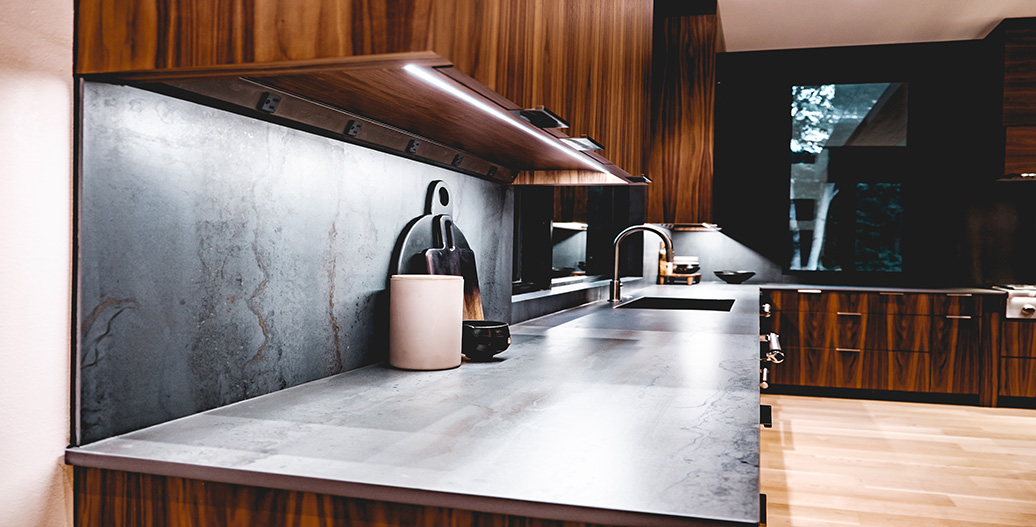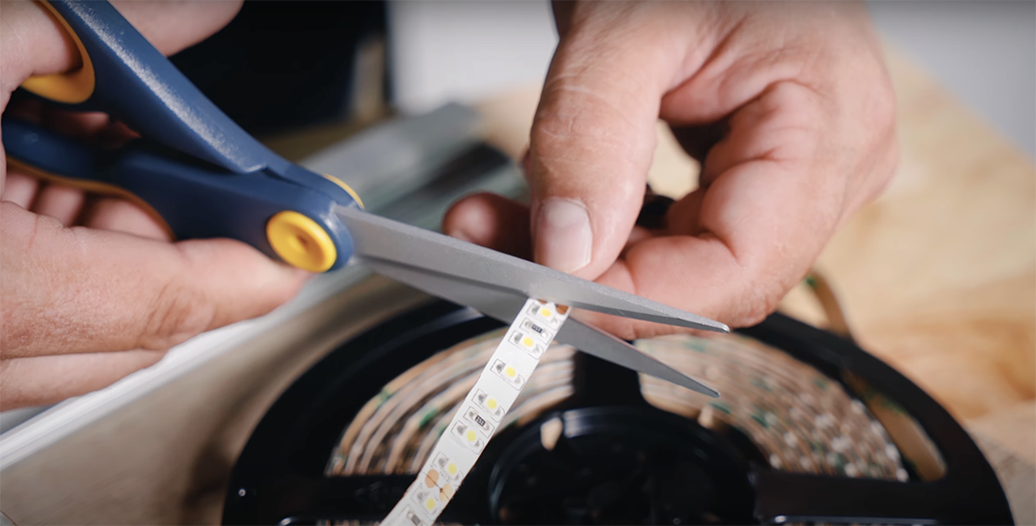Choosing a Power Supply
Power Supply Compatibility Table
| Power supply type | Available wattage | SKUs | Compatible products | Available Voltage (DC) | Controller/PWM Dimmable | ELV dimmable | MLV Dimmable | |
|---|---|---|---|---|---|---|---|---|
| 12V | 24V | |||||||
| Non-dimmable | 30W | AL-PS-W-30 | All products | |||||
| 60W | AL-PS-W-60 | All products | ||||||
| 100W | AL-PS-W-100 | All products | ||||||
| 150W | AL-PS-W-150 | All products | ||||||
| 200W | AL-PS-W-200 | All products | ||||||
| 250W | AL-PS-W-250 | All products | ||||||
| 300W | AL-PS-W-300 | All products | ||||||
| Dimmable | 20W | AL-PS-W-D-20-24V | All products | |||||
| 45W | AL-PS-W-D-45-24V | All products | ||||||
| 60W | AL-PS-W-D-60-24V | All products | ||||||
| 80W | AL-PS-W-D-80-24V | All products | ||||||
| MLV | 100W | AL-PS-W-100-MLV | Strip lights only | |||||
| 150W | AL-PS-W-150-MLV | Strip lights only | ||||||
| 200W | AL-PS-W-200-MLV | Strip lights only | ||||||
| 300W | AL-PS-W-300-MLV | Strip lights only | ||||||
| Switching | 400W | AL-PS-N-400 | All products | |||||
When do I need a power supply?
You need a power supply any time your fixture voltage does not match your supply voltage. For example, most residential wall outlets supply 110VAC. In order to run a 24V strip light, you would need a power supply to step down from 110VAC to 24VDC.
What if I already have a low voltage supply?
For marine and RV installations that already have a good, clean, regulated 12VDC or 24VDC supply, you will not need a power supply. You must make sure the supply matches the input voltage of the exact fixture you are installing, as some of our products are not available for low voltage applications. It's also important to make sure the fixture and power source you're looking at are DC (direct current), not AC (alternating current). We do not offer low voltage AC power supplies.
I already have a power supply. Can I use that instead of buying yours?
Our power supplies are designed and tested to work well with our products, so we highly recommend using them. However, other power supplies can work as well. Make sure you determine which type of power supply you're using and match it to the table above so you can determine dimming ability. We are not responsible for warranty claims resulting from incorrect power supplies. Note: any drivers included with lights can NOT be substituted for another driver. These are matched specifically to our products - using a different driver will not work and will damage your fixture.
What's the difference between ELV, MLV, and controller dimming?
ELV dimming uses an electronic low voltage style wall dimmer. This is our dimming method of choice for LEDs, and is used for most of our recessed fixtures. Recommended dimmers include the Eaton TAL06P, the Lutron Skylark SELV-300P, or the Lutron Diva DVELV-300P. Your local hardware store likely sells these and others.
MLV (magnetic low voltage) dimming uses an MLV dimmer to decrease voltage to the power supply. MLV dimmers must be paired with an MLV power supply and can only be used with strip lights. Using MLV style components with non-MLV products will cause damage and poor performance. For MLV dimmers, we recommend the Lutron Diva DVLV-600P.
Controller/PWM dimming is different from the two above because it works on the low voltage side. That's why it is used with our non-dimmable power supplies (the power supply itself is not dimmed). Our RF dimmer and RGB/RGBW controllers have this ability built in, which means all RGB/RGBW lights can be "dimmed" this way. You likely won't be able to find these controllers at your local hardware store, so we carry a full line of products including 100W PWM wall dimmers, RF Dimmer (for single color applications) and the RGB and RGBW.
I have an RGB fixture but want to use a wall dimmer. Can I use both?
You cannot dim twice on the same circuit because controllers require a constant voltage to work. That means if you need color changing capability, your only option is using a controller. If you're trying to achieve a unique, specific color, we may be able to build a single color, ELV or MLV dimmable option for you. Minimum order quantity applies.
Are your power supplies UL listed?
Our dimmable, non-dimmable, and switching power supplies are UL listed, which means when installed properly, they will pass inspections for residential, commercial, and industrial applications in all 50 states. Please verify the specific unit you're looking at is UL listed by checking under the "Certifications" in its specifications.
Some of your power supplies appear to plug into wall outlets. How do I wire that into a dimmer or light switch?
You can simply cut the plug off, strip the wires back and hard wire it to whatever switch or dimmer you're using. Many of our customers do this, and it will not invalidate the UL listing.
How many fixtures can I run off a single power supply?
There's two things to take into consideration here: wattage and voltage drop.
Wattage is simple: just take the wattage of each low voltage fixture you're going to put on a power supply, add them all up, and add 20% safety buffer. That means for 10 fixtures that are 6 watts each, you would have 60 watts and a 12W buffer for a total of 72 watts. You would choose a power supply equal or greater than your calculated total.
Voltage drop is a bit more challenging, but is only a concern when wiring in series (not parallel), or when you will have a long distance wire run between your fixture and power supply. Most of our fixtures are wired in parallel, except strip lights. Because of voltage drop, strip lights are only able to do a maximum of 32 feet per run, irrespective of wattage. If you need more than 32 feet, you then have three options:
- Place the power supply in the middle and run up to 32 feet in each direction (some of our larger power supplies have two sets of output leads).
- Run low voltage wire from the power supply to where the second run starts
- Use multiple power supplies and hard wire them to the same 110VAC source if necessary
What's the difference between a driver, a power supply, and an amplifier?
Drivers are included with all aspectLED products that require them, and can be internal or external. These are designed and tailored for that specific product and are not interchangeable with drivers for other products, whether made by aspectLED or not. You cannot run more than one fixture off a single aspectLED driver, and you cannot eliminate the driver.
Power supplies are much higher capacity and not quite as product specific outside of dimming capability as outlined above. They transform down to 24VDC or 12VDC and are designed to run multiple fixtures or runs of strip lights from a single 110VAC power source. For many low voltage fixture applications, our customers use power supplies in conjunction with the fixture's driver.
Amplifiers are typically used for RGB/RGBW strip light applications in order to keep the specified RGB color when voltage drop comes into play and multiple power supplies are necessary. Amplifiers cannot be used without an additional power supply.
Does the power supply have to be mounted immediately next to the fixture(s)?
Absolutely not! The power supply can be mounted out of sight and hidden and we recommend doing so - although your inspector likely requires it to be accessible. The only other concern would be voltage drop over long distances, which you would need to calculate before installing. We recommend using stranded low voltage wire for remote installations, and for our recessed lights, we sell extension cables for this very purpose.





